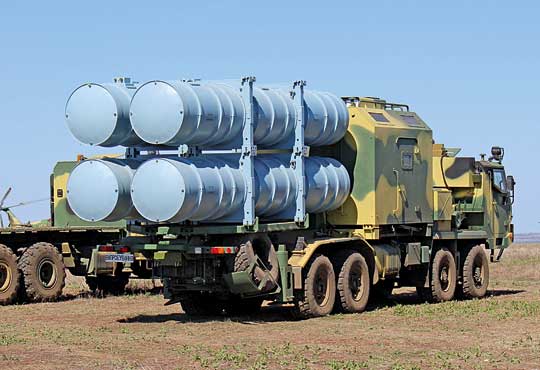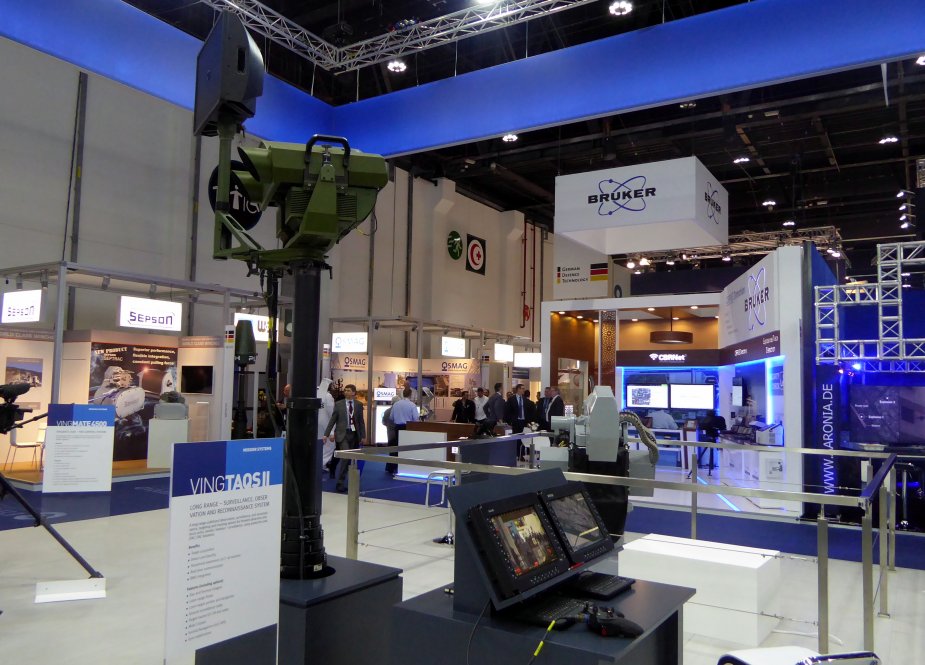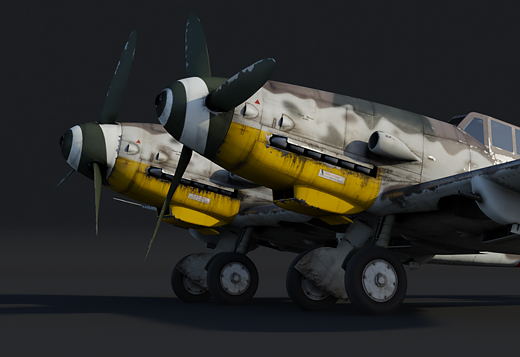
"Neptune" - Ukrainian coastal missile system.

April tests of the R-360A missile of the RK-360MS Neptune complex.
On April 5, the first fully functional prototype of the Neptune RK-360MS self-propelled coastal defense complex was demonstrated to the public during factory tests, during which the R-360A anti-ship missile was fired for the first time. version. While the actual results of the system's initial in-flight studies remain a mystery, the show sheds some light on Neptune's configuration and capabilities.
The tests took place at the training ground in the area of the Alibey estuary near Odessa. The R-360A guided missile completed a flight along a given route with four turning points. He overcame the first part of it over the sea, flying 95 km, then made three turns and, finally, entered the reverse course leading to the training ground. Until now, he was moving at an altitude of 300 m, then he began to lower it, moving five meters above the waves in the final phase of flight over the sea. In the end, he hit the target on the ground near the launch pad. He covered a distance of 255 km in 13 minutes 55 seconds.
The Neptune system was developed in Ukraine with the maximum use of its own resources and skills. This was necessary due to the need to efficiently use resources, which are very limited in a warring country, and to accelerate the development stage and reach production capacity - all in order to provide the Viysk-Naval Forces of Ukraine (VMSU) with the ability to protect the national interests of the state as soon as possible.
Urgent demand in the face of a growing threat
In the case of Ukraine, the requirement to have its own anti-ship system was extremely important in light of the security threat from the Russian Federation. The position of the Ukrainian Navy reached a critical level after the annexation of Crimea by Russia in the spring of 2014, as a result of which a significant part of the shipbuilding potential of the fleet based in Sevastopol and Lake Donuzlav was lost, as well as coastal anti-ship 4K51 missile batteries, still of Soviet production. Due to their current unsatisfactory state, WMSU is not able to effectively counteract the Black Sea Fleet of the Russian Federation. Their capabilities are certainly not enough to counter a possible Russian offensive using amphibious assault on the coast of Ukraine or in the face of the threat of a blockade of ports.
After the annexation of Crimea, Russia significantly increased its offensive and defensive capabilities in the area. Moscow deployed an anti-ship defense system there, consisting of several components: a surface detection system at a distance of up to 500 km; automated target data processing and fire control systems; as well as a combat vehicle with a flight range of up to 350 km. The latter include coastal missile systems 3K60 "Bal" and K-300P "Bastion-P", as well as "Caliber-NK / PL" on surface ships and submarines, as well as aviation of the Black Sea Fleet. At the beginning of the year, the Navy with "Caliber" in the Black Sea included: three observers (frigates) of project 11356R and six submarines of project 06363, providing a total salvo of about 60 missiles, including 3M14 to combat long-range ground targets with a flight range of about 1500 km, covering most of Europe. The Russians also strengthened their amphibious assault forces, mainly by deploying small and fast amphibious assault units for special forces, especially useful in the Sea of Azov region.
In response, Ukraine deployed the 300mm Wilch rocket artillery system, but ground-launched unguided or guided missiles are very ineffective against moving sea targets. No wonder the Neptune-class system was so important to WMSU. It is necessary to protect territorial waters and straits, naval bases, ground facilities and critical infrastructure facilities, and deter enemy landings in coastal waters.

Launcher USPU-360 in combat and stowed position.
System Components
Ultimately, the squadron of the Neptune system will consist of two firing batteries. Each of them will receive: three self-propelled launchers, a transport-loading vehicle, a transport vehicle and a C2 fire control point. The state company DierżKKB Łucz from Kyiv acted as the general contractor for R&D of the system. The cooperation included companies belonging to the state concern "Ukroboronprom", namely: "Orizon-Navigation", "Impulse", "Vizar", as well as the branch of the Central Design Bureau "Arsenal" belonging to the State Cosmos of Ukraine and private companies LLC "Radionix", TOW " Telecard device. , UkrInnMash, TOW Ukrainian armored vehicles, PAT Motor Sich and PrAT AvtoKrAZ.
The core of the system is the R-360A guided missile, around which the rest of the Neptune components are integrated. This is the first Ukrainian guided anti-ship missile, unified in design to reduce cost and intended for use on land, floating and air platforms (including some types of helicopters). Its purpose is the destruction of surface ships and ships, landing craft and military transporters moving independently or in groups. It can also counter stationary ground targets to some extent. It was intended to work day and night, in any hydrometeorological conditions and to counter the object of attack (passive and active jamming, self-defense equipment). Missiles can be launched individually or in salvo (interval 3-5 seconds) to increase the probability of hitting the target.

